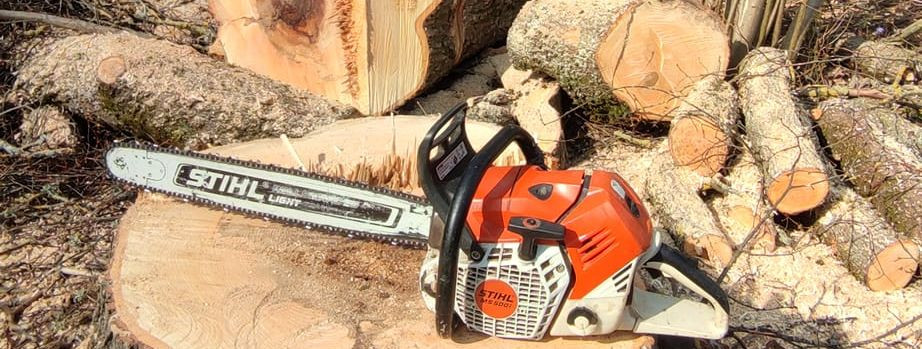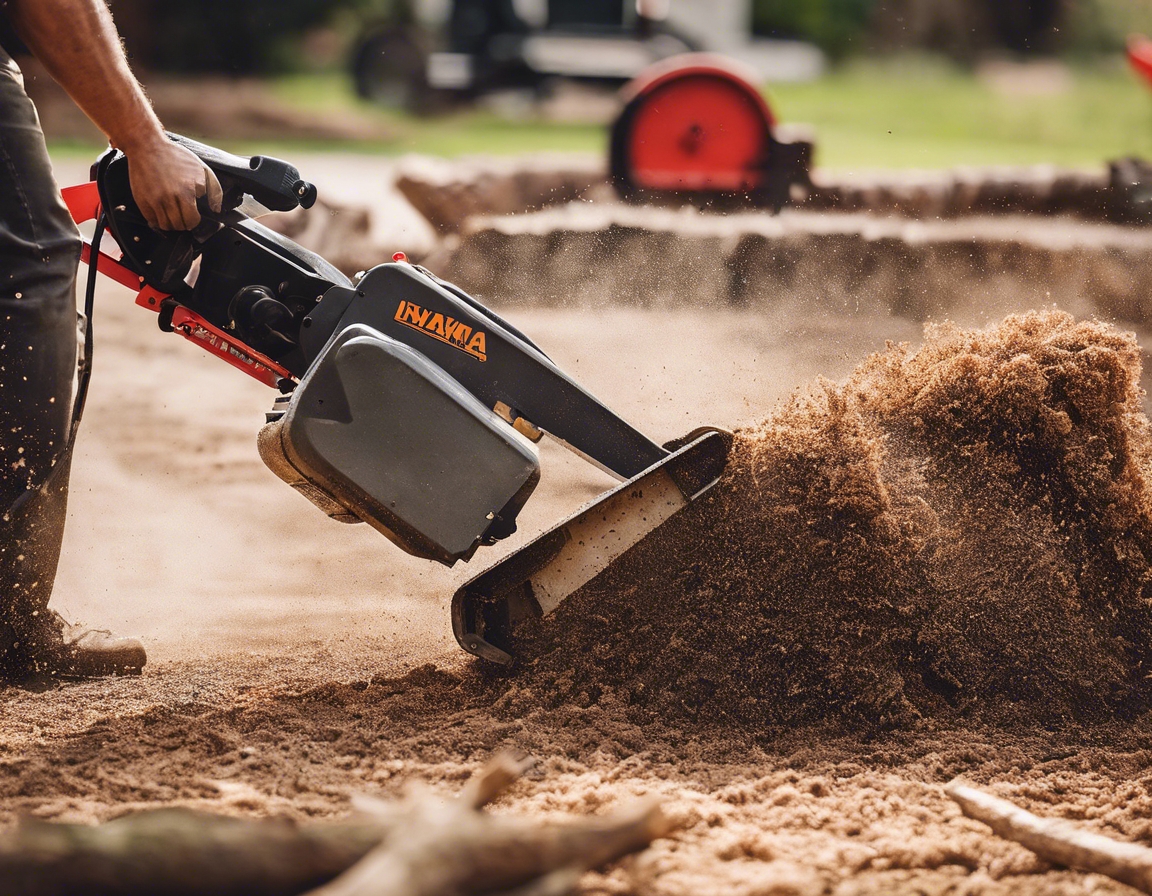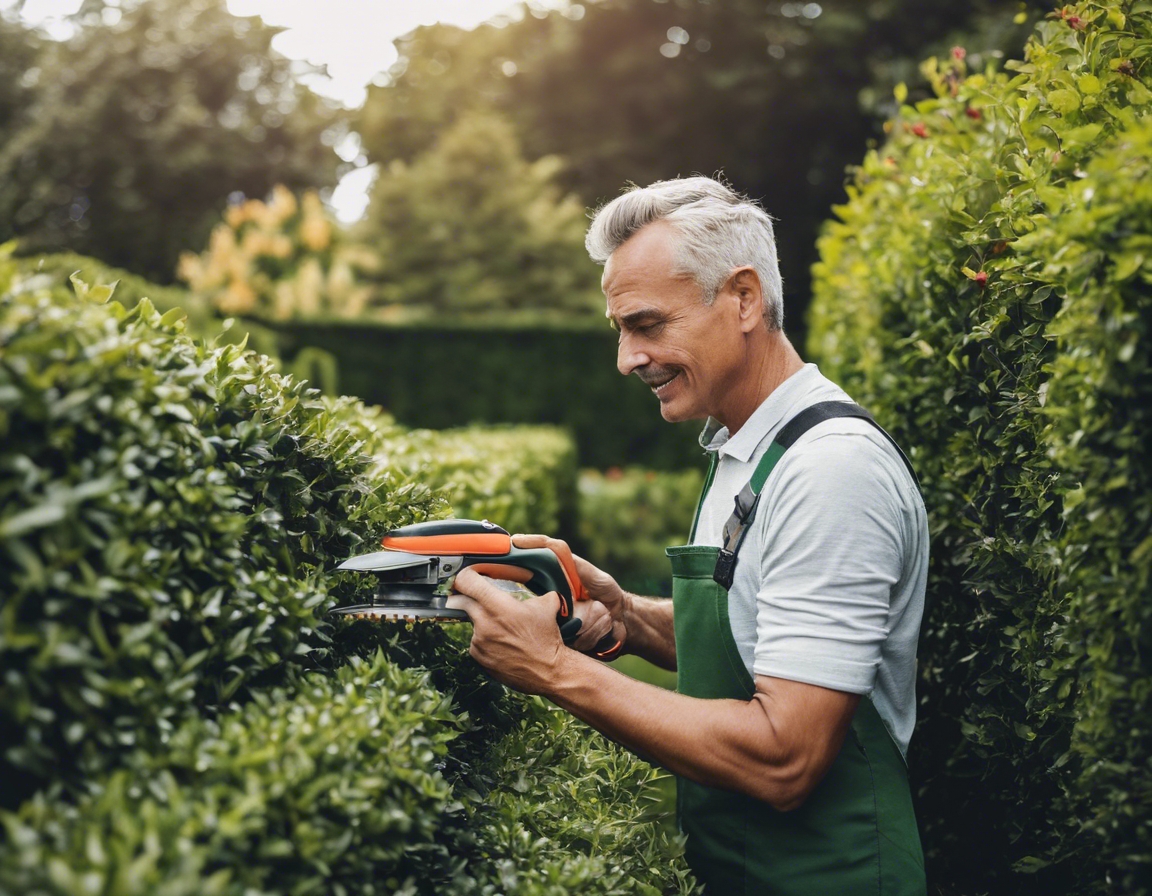5 signs your tree might be a safety hazard
Trees are a beautiful and vital part of our landscapes, providing shade, beauty, and habitat for wildlife. However, they can also pose significant safety risks if not properly maintained. Recognizing the signs of a hazardous tree is crucial for homeowners, commercial property managers, and local government bodies to prevent potential damage or injury.
Understanding Tree Hazards
A tree becomes a hazard when its condition or location has the potential to cause harm to people or property. This can be due to structural issues, disease, or external factors such as proximity to buildings or power lines.
Regular tree assessments by professionals are key to identifying potential hazards early. This proactive approach can save property owners from costly damages and ensure the safety of their surroundings.
Sign 1: Visible Signs of Decay
Decay can manifest as soft or crumbly wood, fungal growth, or cavities in the trunk or branches. These signs indicate that the tree's structural integrity may be compromised.
Decay left unchecked can lead to sudden limb failure or even the collapse of the entire tree, posing a serious threat to anything in its vicinity.
Sign 2: Damaged or Weak Branches
Branches that are damaged, dead, or show signs of cracks and splits are weak points that can break off, especially under the stress of storms or heavy snowfall.
Overhanging branches can be particularly dangerous if they hang over structures, walkways, or areas where people frequently pass.
Sign 3: Leaning Trunk
While some trees naturally grow at an angle, a sudden lean or a change in the tree's angle can be indicative of root damage or soil erosion, signaling instability.
A tree that leans more than 15 degrees from vertical is generally considered a hazard, especially if the lean is accompanied by cracked or heaving soil at the base.
Sign 4: Root Problems
Roots that are exposed, damaged, or severed can compromise a tree's anchor, making it susceptible to toppling over. This is often less visible but can be the most dangerous sign of an unstable tree.
Changes in the soil level, such as sinking or mounding, can indicate that the roots are struggling to hold the tree in place.
Sign 5: Close Proximity to Power Lines or Structures
Trees that grow too close to power lines are not only a risk for power outages but can also become electrified, posing a severe risk to anyone who comes into contact with the tree.
Trees that are too close to buildings can cause damage through root growth or limb fall. It's important to assess the space between trees and structures to mitigate potential risks.






Comments (0)